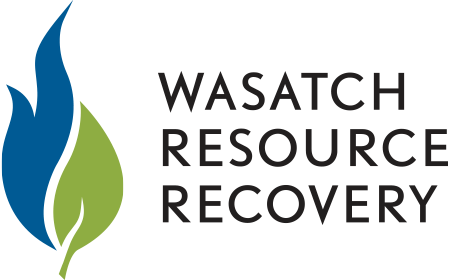Food Waste Recycling In Salt Lake City
OCTOBER 22, 2021 | Nora Goldstein
The Wasatch Resource Recovery digester is collaborating on a residential food waste pilot with Momentum Recycling.
Starting November 5, Momentum Recycling will begin collecting residential food waste weekly from up to 100 households in the Liberty Wells neighborhood in Salt Lake City, Utah. “It is a free 3-month pilot funded by a grant from Intermountain Healthcare that begins November 5 and ends on January 28,” explains Lexi Passmore, Momentum Recycling’s Marketing Coordinator. “Our goal is to see if we can offer this service on a permanent basis. We will be assessing the level of participation, the households’ willingness to pay for the service after the pilot, and the amount of food waste diverted from the landfill.”
The Wasatch Resource Recovery anaerobic digestion facility in North Salt Lake City began receiving food waste in 2019. It operates under both wastewater and solid waste permits. The facility includes two 2.5 million gallon continuous stirred tank reactors (CSTR), a tank to receive fats, oil and grease (FOG), and a hydrolysis tank that feeds the digesters, which operate at mesophilic temperatures. The first phase of the project is designed to process 180,000 tons/year of source separated organics; the second phase will increase the capacity to 250,000 tons/year. Phase I is rated to generate up to 3,000 dekatherms a day of renewable natural gas (RNG). “We began injection into the Dominion natural gas pipeline, which is adjacent to the plant, in December 2020,” notes Elizabeth Barrett, WRR’s Procurement Manager. “Currently, we are receiving around 400 to 450 tons/day of various food waste streams.”










